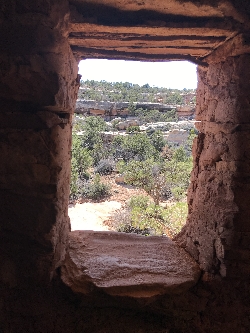
Courtesy & © Shannon Rhodes,, Photographer
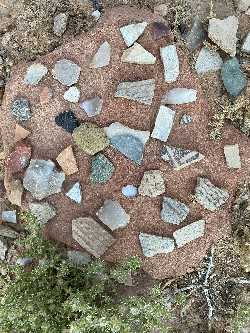 Fragments
Fragments
EBLS San Juan Expedition 2021
Courtesy & © Stuart Baggaley, Photographer
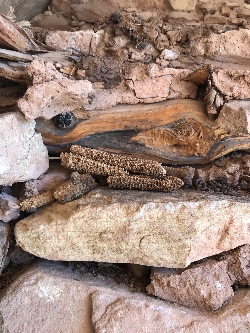 Cobs and Adobe
Cobs and Adobe
Courtesy & © Shannon Rhodes,, PhotographerIn Linda Sue Park’s novel A Single Shard, young Tree-Ear and his wise mentor Crane-man suggest that “…scholars read the great words of the world. But you and I must learn to read the world itself.” My own experiences reading many of Utah’s chapters on plants, animals, and landscapes expanded this year as I explored the Comb Ridge area. I saw my first tadpole in the creek meandering through Arch Canyon and marveled at the corn cobs mixed with handprints in the cliff dwelling adobe walls sprinkled along the red rock. Reading the evidence this land holds of other times and seasons begs me to put pieces together outside in ways I haven’t done before by tracing words on a page.Putting the Pieces Together
My friend Stu Baggaley, a teacher at Edith Bowen Laboratory School, has taken sixth-grade students down the San Juan River every fall for the last five years. On the most recent trip he described to me a serendipitous learning experience as they found themselves on a knoll sprinkled with shards of rock and pottery. “The kids scoured the area,” he said, “picking up as many interesting finds as they could, and we put them on a rock to see the differences. It was amazing to be able to see pottery fragments that were black with white markings, some were striped, some had wavy coil lines, and others were pieces of rock that had been chipped away for tools. We made a collection and took a picture of it.” That photograph speaks volumes to me, but the story gets even better.
Later that evening when they were back at camp, they listened to a podcast from Mesa Verde Voices. “We learned what it means to break pots and why the Ancestral Puebloans did that,” he continued. “One of the reasons was as a farewell ceremony when they were saying goodbye to an area.” Reflecting on their finds on that knoll, they used Lisa Kearsley’s San Juan River field guide to identify what the pottery sherds were. “It was a transformative experience to be able to notice that there were hundreds of years between different pottery sherds, and this could have been a place for many different people to break their pottery and say goodbye and move on. We realized we were walking in the same place as people did a long time ago.”
Saying goodbye and moving on. Many speculate about the why, when, and how these people left as well as the significance of the breaking pot ritual I had never read in my Utah history textbooks. Perhaps, as Tree-Ear decides, “there are some things that could not be molded into words.” How many sherds and shards and clues have I missed? Reading the world is a miraculous skill for learners of all ages who encounter not only words but the wonder of putting together the pieces we find all around if we just look.Putting the Pieces Together
I’m Shannon Rhodes, and I am Wild About Utah.
Credits:
Images: EBLS San Juan River Expedition 2021 Fragments Courtesy & Copyright © Stuart Baggaley, Photographer.
Images: Cob Ridge Ruins & Cob and Adobe, Courtesy & Copyright © Shannon Rhodes, Photographer.
Audio: Courtesy & © Friend Weller, https://upr.org/
Text: Shannon Rhodes, Edith Bowen Laboratory School, Utah State University https://edithbowen.usu.edu/
Additional Reading Links: Courtesy Shannon Rhodes
Additional Reading:
Wild About Utah Posts by Shannon Rhodes https://wildaboututah.org/author/shannon-rhodes/
Canyon Country Discovery Center. https://www.ccdiscovery.org/
Edith Bowen Laboratory School San Juan River trip. https://edithbowen.usu.edu/students-parents/4corners
Hueston, J. What Pottery Can Teach Us About Ancient Pueblo Cultures. Real Archaeology: ARCH 100 Searches for the Truth. Vassar College. 2017. https://pages.vassar.edu/realarchaeology/2017/09/17/what-pottery-can-teach-us-about-ancient-pueblo-cultures/
Kearsley, Lisa. San Juan River Guide: Montezuma Creek to Clay Hills Crossing. Shiva Press. 2017 (third edition). https://shivapress.com
McPherson, Robert S. A History of San Juan County: In the Palm of Time. 1995. Utah Centennial County History, Utah State Historical Society. https://issuu.com/utah10/docs/sanjuancountyhistory
Mesa Verde Voices. https://www.mesaverdevoices.org/ and https://www.nps.gov/meve/learn/news/17-20_mesaverdevoices.htm
Park, Linda Sue. A Single Shard. 2001. Clarion Books. https://lindasuepark.com/books/books-novels/single-shard/
Toll, J. Wolcott. Making and Breaking Pottery in the Chaco World. American Antiquity, Vol. 66, No. 1 (Jan., 2001), pp. 56-78. Cambridge University Press. https://www.jstor.org/stable/2694318?seq=1#metadata_info_tab_contents

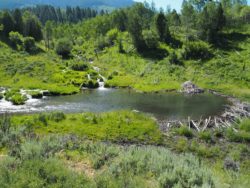

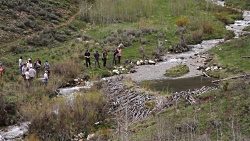
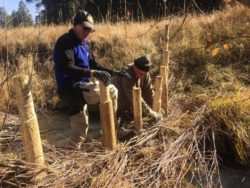
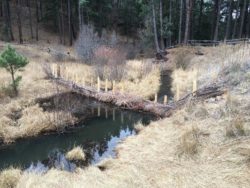

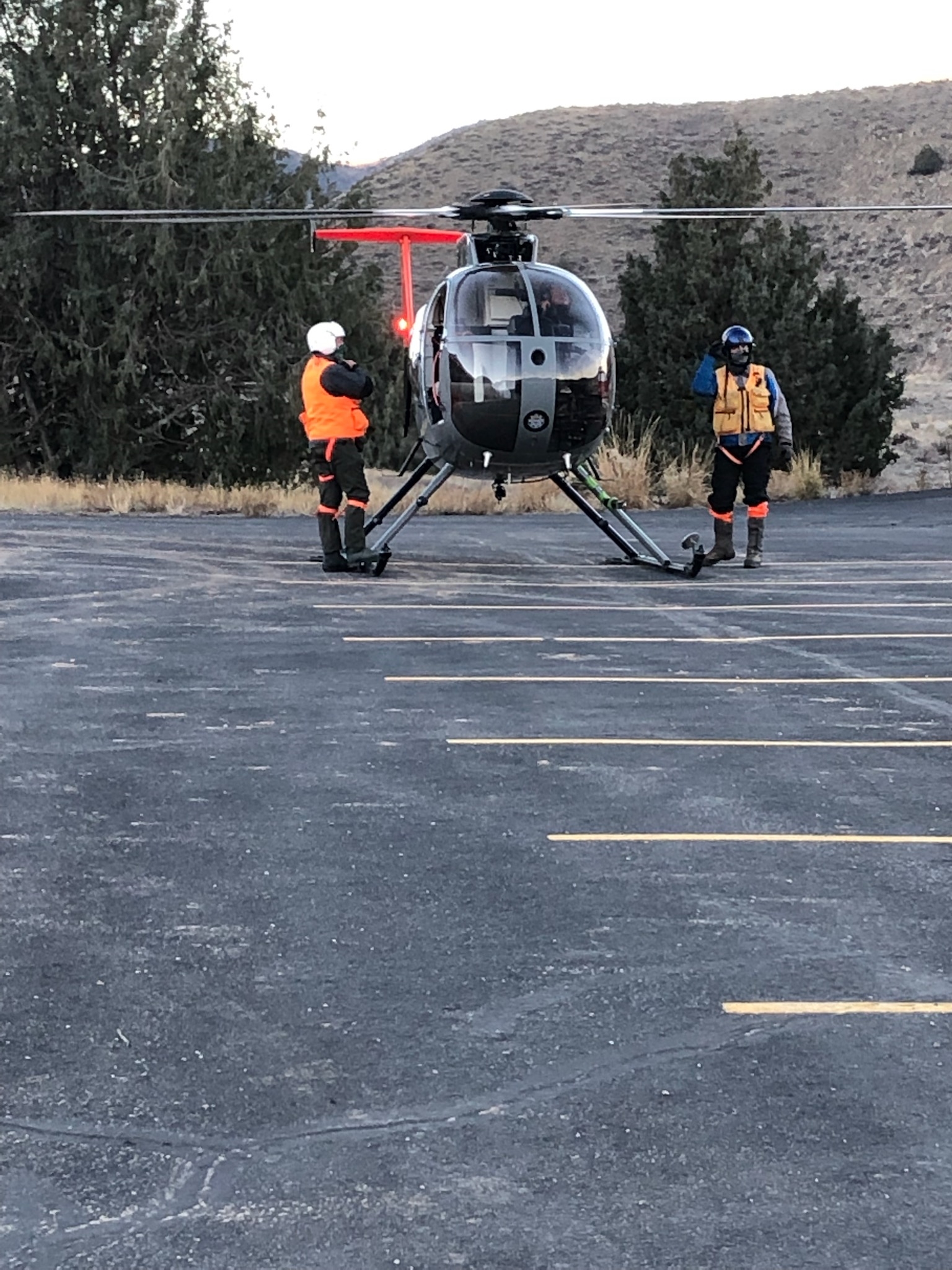
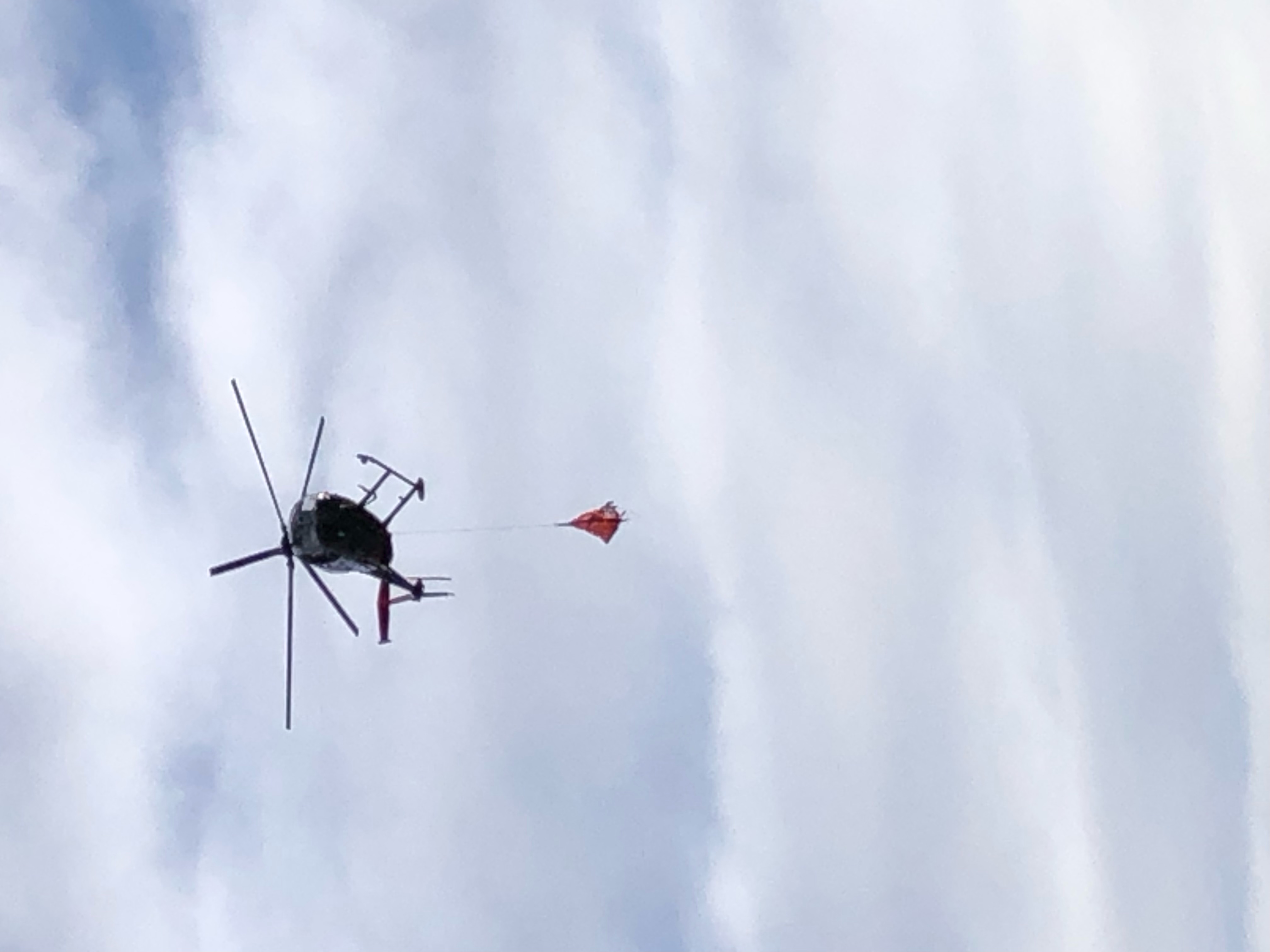 Mule Deer Incoming
Mule Deer Incoming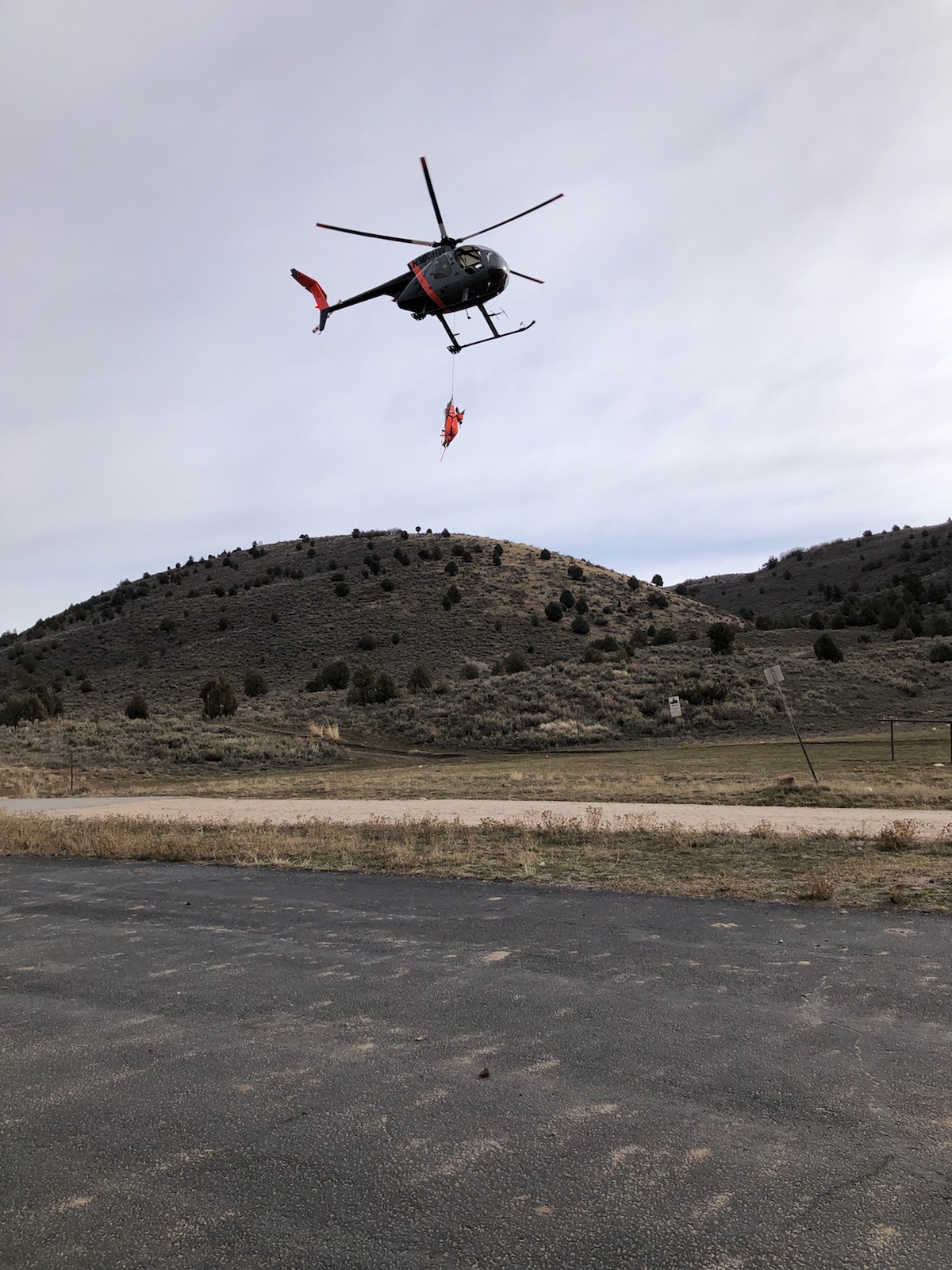 Mule Deer Incoming
Mule Deer Incoming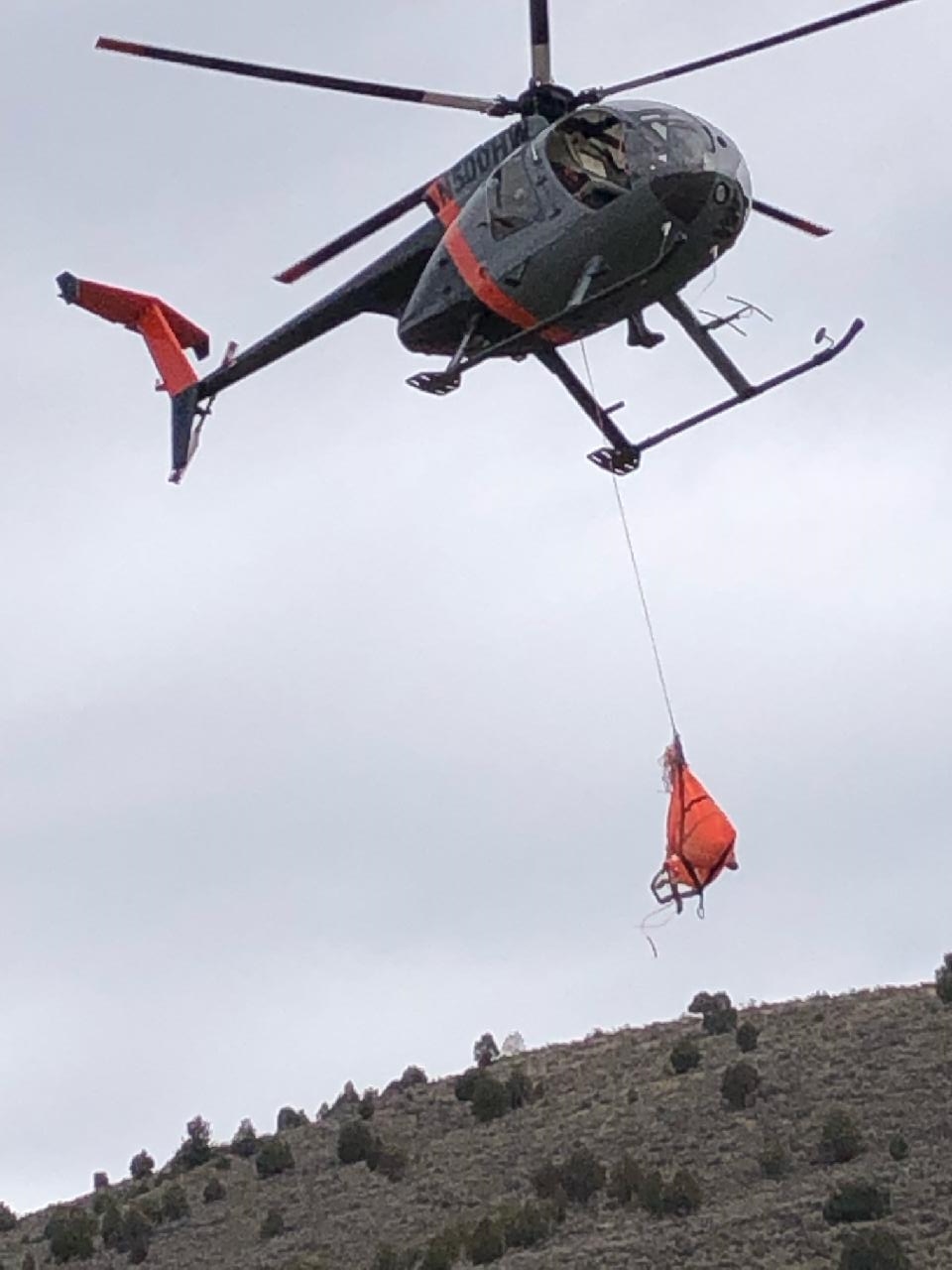 Helicopter Carrying Mule Deer
Helicopter Carrying Mule Deer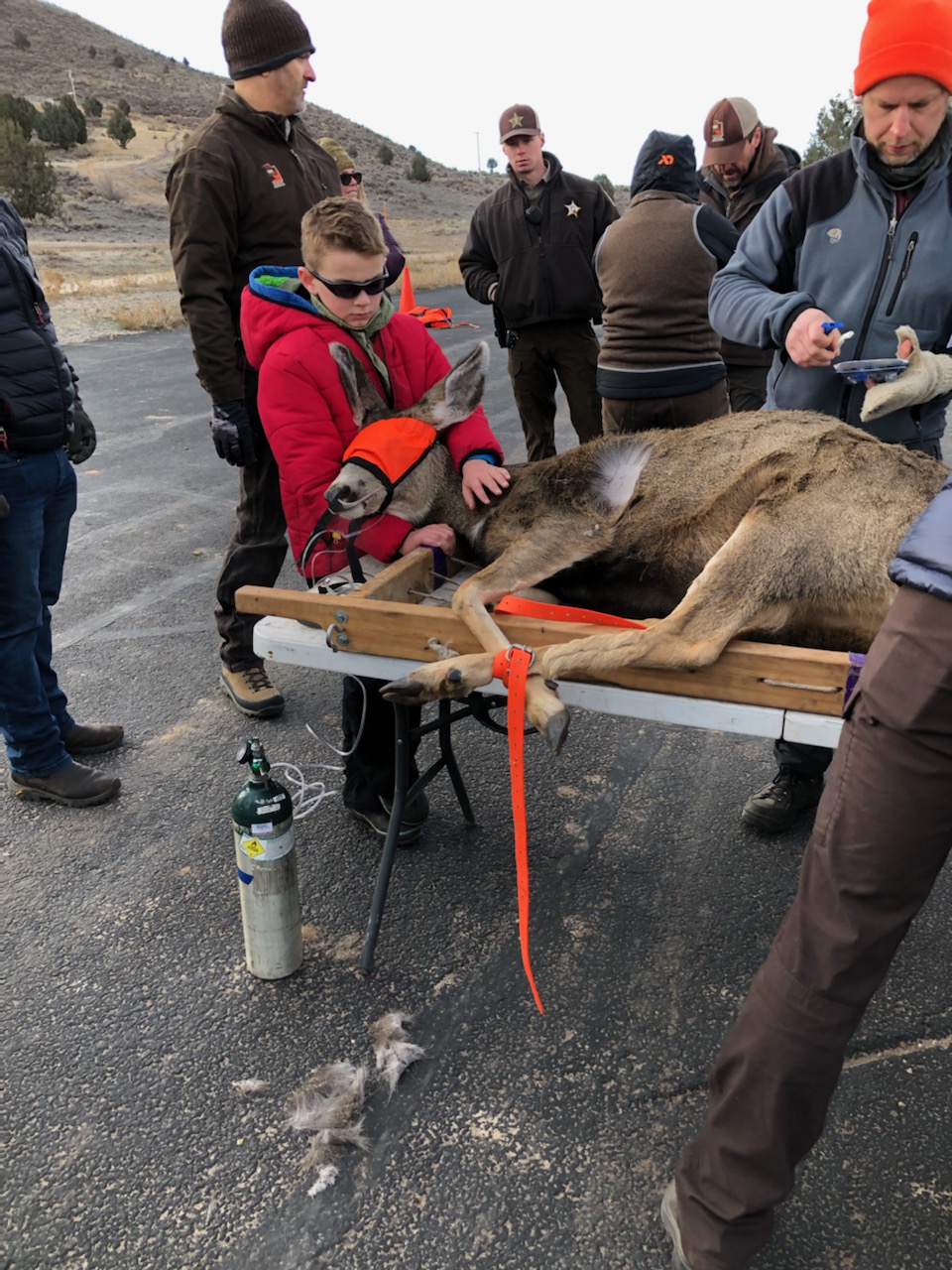 Mule Deer Health Check
Mule Deer Health Check